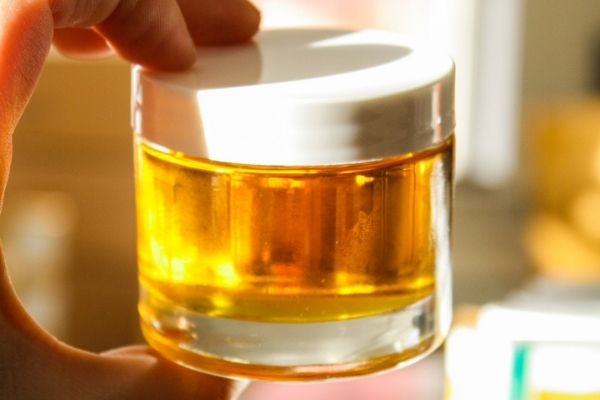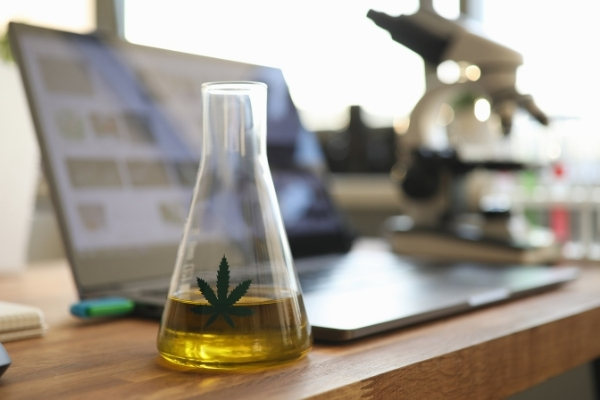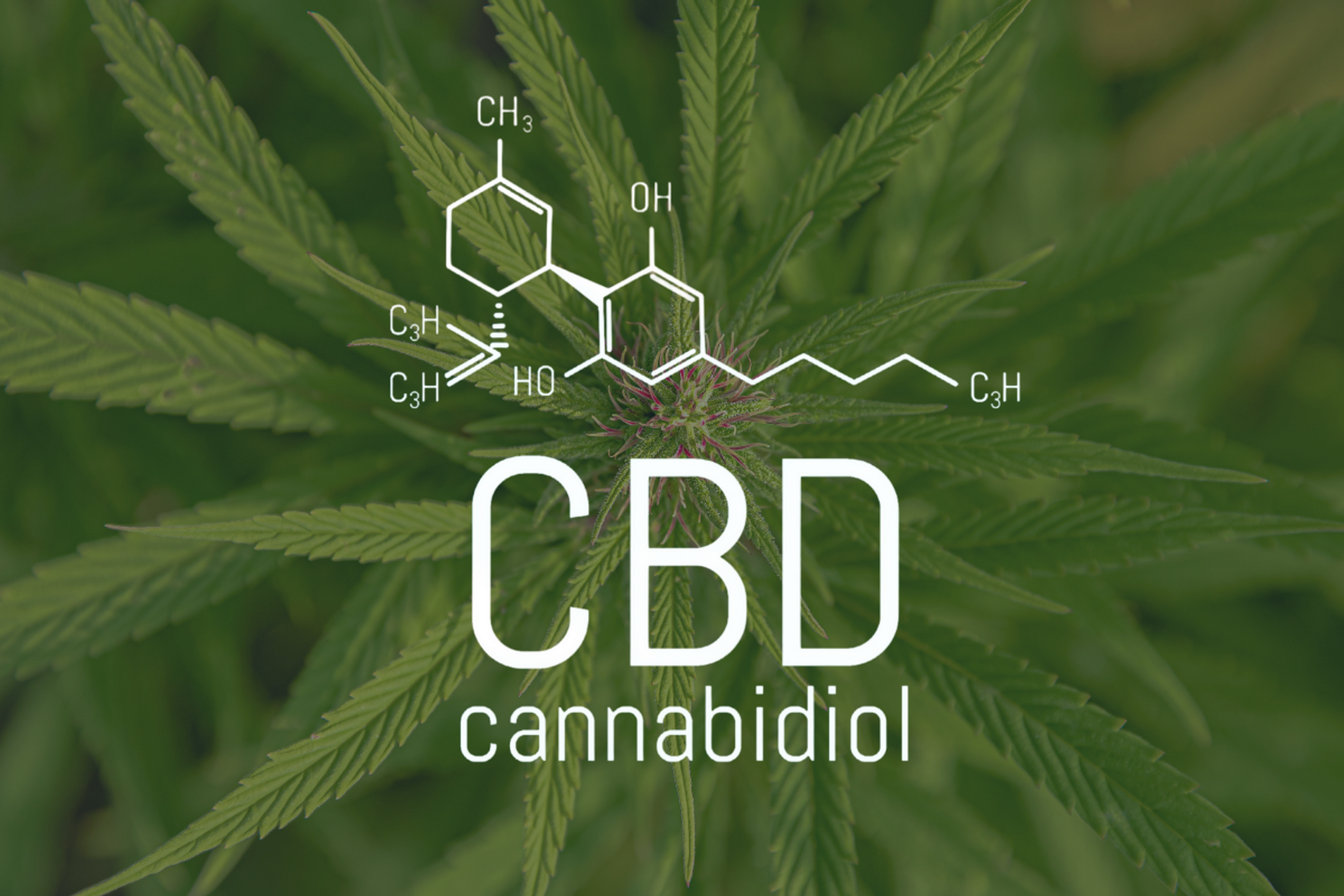CBD Extraction: Which Method is Best?
28th Sep 2021
There are a lot of factors that contribute to the quality of CBD products, and the method used to extract CBD is one of the most important. CBD extraction is an interesting topic, but the technical terminology may seem daunting. Take heart, because we’ll walk you through the most common CBD extraction methods, explained for new CBD users and experts alike!
An easy way to think about extraction is relating it to a process you’re probably familiar with: brewing coffee. Making your morning cup of joe is similar to CBD extraction. First you have to choose the coffee beans that contain the flavor profile and caffeine level you’re looking for. Then you need to decide on your brewing (extraction) method. Are you looking for a sharp and potent brew, go with espresso. Smooth and low acid, cold brew is your answer. Somewhere in between, maybe a pour-over would be best. You see, choosing your extraction method has a huge impact on the final result.
Why is CBD Extracted?
CBD is a cannabinoid found throughout the hemp plant, but largely concentrated in the flowers. Extraction is the process of isolating the cannabinoids, terpenes and other compounds from the rest of the plant material.
When cannabis is harvested, cured, and dried, the flower clusters can have a cannabinoid content of anywhere between 1 and 30 percent. The cannabinoid profile of dry flower depends heavily on the genetics of the strain and the timing of the harvest. Different strains have different ratios of CBD, CBG, and other minor and major cannabinoids and terpenes.
Extracts, on the other hand, have much higher concentrations. Certain extraction processes also allow the producer to control the exact ratios of the cannabinoid profile to ensure potency and maintain consistency. CBD extracts allow users to better control their serving size and bring about more consistent results.

Types of CBD Extraction Methods
There are numerous ways to extract CBD and other cannabinoids, ranging from ancient techniques to highly advanced modern methods. Extraction methods primarily fall into two categories: manual separation or solvent extraction. Let’s examine some of the most popular.
Manual Separation
The oldest and simplest method of concentrating cannabinoids from hemp plants is to do so by hand. For centuries, different cultures have made cannabis concentrates for healing and religious purposes. These are not true extractions, but rather mechanical methods of separating cannabinoids from the plant.
CBD and other cannabinoids can be separated by hand with the following methods:
Traditional Dry Sieving: Originating in areas of the Middle East and Central Asia, this involves drying and aging cannabis for months, then wrapping it in a cloth parcel. The parcel is beaten with tools over a collection vessel to extract the powdery trichomes, which can be pressed into resins, brewed into beverages, or mixed into dishes.
Dry Ice/Dry Screen Method: A modern take on the traditional sieving method, this type of extraction involves mixing dry hemp flower with dry ice to supercool the resin and cause the stalks of the trichomes to become brittle. The cooled plant material is then spread over a fine mesh screen and gently rolled and shaken to help separate the trichomes from the plant material. The tiny grains of resin pass through the fine mesh while the buds remain intact.
This process produces a relatively low yield. Compared to commercial extraction methods, manual separation requires significantly more raw plant material to produce the same amount of CBD. Manually extracted CBD would also require an additional purifying process in order to reach the same levels of purity and potency as commercial CBD extraction methods. For these reasons, manual extraction is typically reserved for traditional practitioners and hobbyists.
Solvent Extraction
Solvent-based methods of extraction have been used for centuries to create concentrates and other types of beneficial extracts. Traditionally, dry plant material was soaked in alcohol until the desired compounds dissolved into the liquid, creating an herbal tincture. Today’s modern extraction methods have taken solvent extraction to a new level.
For commercially-made CBD, solvent extraction is preferred because it is more precise and efficient than manual separation. However, solvent extraction is a board category, and there are significant differences depending on what type of solvent is used.
Common solvents used for CBD extraction include:
- Ethanol
- Vegetable oils
- CO2
Ethanol Extraction
Like the traditional tinctures, alcohol is still used to extract CBD. Some of the process hasn't changed much since those alcohol tinctures of old. However, ethanol extraction these days is done in a highly controlled environment and the ethanol is removed at the end of the process.
Ethanol extraction involves soaking the hemp in ethyl alcohol. This dissolves the cannabinoids into the liquid. The ethanol is then evaporated to leave behind a concentrated oily residue containing the hemp compounds.
The main problem with ethanol extraction is that the alcohol not only removes the cannabinoids, but also extracts chlorophyll and plant waxes. This requires a lengthy purification process to remove and can cause the taste to become bitter.
The other drawback is that ethanol can degrade some of the beneficial compounds during the extraction process. So while it’s perhaps the cheapest and easiest method to do on a large scale, there’s a reason many CBD producers are phasing it out.
Vegetable Oil Extraction
Perhaps the simplest way to extract CBD is with oil. This is a popular DIY extraction method for small scale home extractors as just some basic kitchen equipment is all you need. Almost any edible oil can be used to extract fat soluble cannabinoids. The most popular include coconut oil, hemp seed oil, and olive oil.
The first step in oil extraction is to decarboxylate or “decarb” the hemp flower. This is done by heating raw plant material so the cannabinoids become more bioavailable. The DIY method is to place the flower in an oven for 60 minutes at a temperature of 250F.
Once the plant material is decarboxylated it is added to the oil of choice and heated to 210F for 1-2 hours. This allows the cannabinoids to bind to the fat molecules. After that, the plant material is filtered out and the infused oil is left behind.
While oil extraction is popular with small-scale home extractors, the resulting oil has a lower potency and a lower shelf-life than other extraction methods. It is a less precise extraction, so you can have inconsistent batches. Overall, oil extraction is less efficient than other methods.
CO2 Extraction
Have you ever wondered how modern essential oils are made? Meet supercritical CO2. This type of extraction is used for a number of manufacturing processes and is one of the most popular methods of extracting CBD.
In its natural state, carbon dioxide, or CO2, is a colorless and odorless gas found all around us, from the air we exhale to the fizz in our seltzers. So how exactly can carbon dioxide extract CBD from hemp?
First, CO2 must be converted to supercritical CO2. This term refers to the pressurized state in which CO2 retains the properties of both a liquid and a gas. Like any gas, supercritical CO2 will expand to fill a vessel, but also maintains the density of a liquid. This state is ideal for extracting cannabinoids because the CO2 acts as a natural solvent, eliminating the need for harsh chemicals.
Supercritical CO2 extraction utilizes a closed loop system under intense pressure, and should only be performed in a professional setting. Here’s how it works:
- In a CO2 chamber, carbon dioxide is held at a specific temperature and pressure to reach a supercritical state.
- The dried hemp flowers are loaded into an extractor chamber. Once filled, the chamber is sealed.
- Supercritical CO2 is pumped into the extractor chamber and “soaks” the hemp, dissolving the trichomes and separating the raw hemp compounds from the rest of the plant.
- The CO2 now contains the desired terpenes and cannabinoids separate from the remaining plant material.
- The separator chamber then converts the CO2 from a supercritical state back to a gaseous state. The gas floats to the top of the chamber where it is recollected and used in the next extraction. The beneficial hemp compounds are then concentrated in a collection vessel.
After extraction, the raw concentrate is further refined to remove any unwanted components. Specific cannabinoids, such as CBD, CBG, and CBN can be isolated from the formula if the manufacturer chooses to adjust the cannabinoid profile.
The benefits of supercritical CO2 extraction are numerous. The use of CO2 helps to eliminate the risk of residual solvents ending up in your CBD products. Unlike some solvents which can leave behind trace amounts of chemicals, CO2 is clean and chemical-free. Any CO2 that could be left behind would simply evaporate into the air.
While too much CO2 in the atmosphere is a cause for environmental concern, supercritical CO2 extraction is actually a cleaner and more sustainable method compared to other solvents. All of the CO2 is contained in the closed loop system and recycled again and again.

Which CBD Extraction Method is BEST?
Our good friends and extraction experts at Synergistic Technologies Associates and Cattis have an acronym spelled BEST that they use to choose the optimal extraction method:
Botanical materials integrity maintained to assure the extraction of desired components in natural form.
Extraction efficacy, efficiency, effectiveness, and economics must be held in predefined boundaries.
Safety and health of everyone throughout the workflow is essential criteria.
Testing with modern technology advances in every facet.
By following these criteria, the answer to which CBD extraction method is BEST is clearly CO2 extraction.
Some manufacturers may opt to cut corners and use cheaper methods because the startup costs for supercritical CO2 extraction can be rather high. Nevertheless, many reputable CBD producers believe that the quality of the final product justifies the initial cost of supercritical CO2 extraction.
Of all the CBD extraction methods, supercritical CO2 extraction is the one that has become synonymous with high-quality CBD. At Luce Farm, we firmly believe that supercritical CO2 extraction is the best way to create high quality CBD products, and feel that our customers deserve this level of commitment to quality. The benefits of this method (clean ingredients, sustainability, and quality) far outweigh the costs, and we hope it will become the industry standard in the future.
